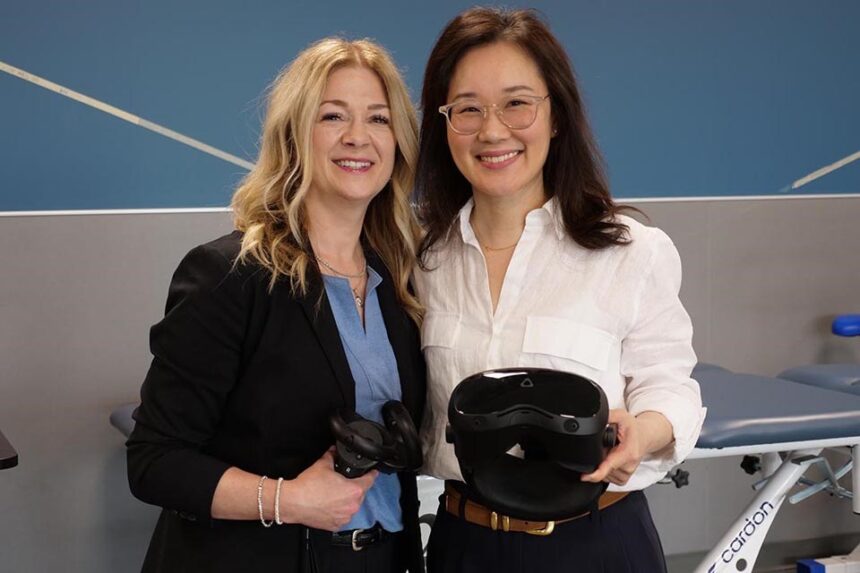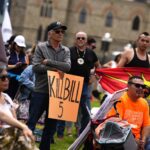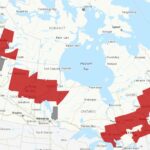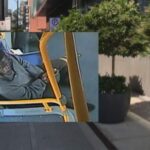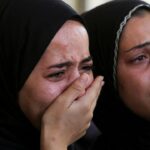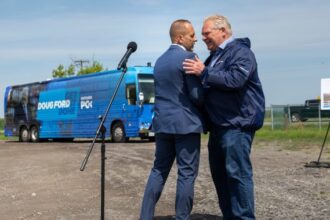In a groundbreaking convergence of technology and cultural understanding, researchers at the University of Saskatchewan have developed an innovative virtual reality program that promises to revolutionize Indigenous health education across Canada. The initiative, which immerses medical students in realistic scenarios reflecting Indigenous health experiences, represents a significant step forward in addressing the longstanding healthcare disparities facing First Nations communities.
“We’re creating environments where future healthcare providers can experience the challenges Indigenous patients face without risking actual patient harm,” explains Dr. Megan Clark, lead researcher and professor of Indigenous health studies. “These virtual simulations allow students to make mistakes, learn from them, and develop cultural competency in a safe space.”
The program, funded through a $2.3 million federal grant, creates detailed virtual scenarios where medical students navigate complex health situations involving Indigenous patients. Each simulation incorporates traditional healing practices, cultural protocols, and historical context that have shaped Indigenous health experiences in Canada.
Research participants report profound shifts in understanding after using the technology. “I thought I understood Indigenous health issues from textbooks,” shares medical student Jason Rodriguez. “But experiencing even a simulation of navigating healthcare as an Indigenous person completely transformed my perspective on barriers to care.”
What distinguishes this initiative from conventional diversity training is its foundation in Indigenous knowledge systems. The development team includes elders, knowledge keepers, and Indigenous health practitioners who ensure authenticity and respect in every scenario. This collaborative approach represents a significant departure from past educational models that often excluded Indigenous voices.
The technology also addresses a critical challenge in medical education: providing consistent, high-quality clinical experiences with diverse populations. Rural medical programs particularly struggle to expose students to varied patient demographics. The VR simulations democratize access to these learning opportunities regardless of a student’s geographic location.
Early results from pilot implementations at three Canadian medical schools show promising outcomes. Students who completed the VR training demonstrated measurably improved cultural safety practices and more nuanced understanding of Indigenous health determinants compared to control groups receiving traditional classroom instruction.
“This isn’t just about creating better doctors for Indigenous communities,” notes Elder Sarah Standing Bear, who serves as cultural advisor to the project. “It’s about healing a healthcare system that has historically perpetuated harm. These young doctors are learning to see with new eyes.”
The implications extend beyond medical training. Similar applications are being explored for nursing, social work, and other health disciplines, potentially creating a comprehensive approach to improving Indigenous healthcare experiences across Canada.
Critics note that technology alone cannot address systemic inequities in healthcare funding and accessibility in remote communities. However, proponents argue this represents one important piece of a larger reconciliation process within Canadian healthcare.
As the project expands to additional institutions in 2024, researchers are collecting longitudinal data to measure its impact on actual clinical outcomes. The central question remains: can virtual understanding translate into real-world healing in a healthcare system that continues to struggle with providing equitable care to Indigenous peoples? The answer may determine the future direction of Indigenous health education across the country.

